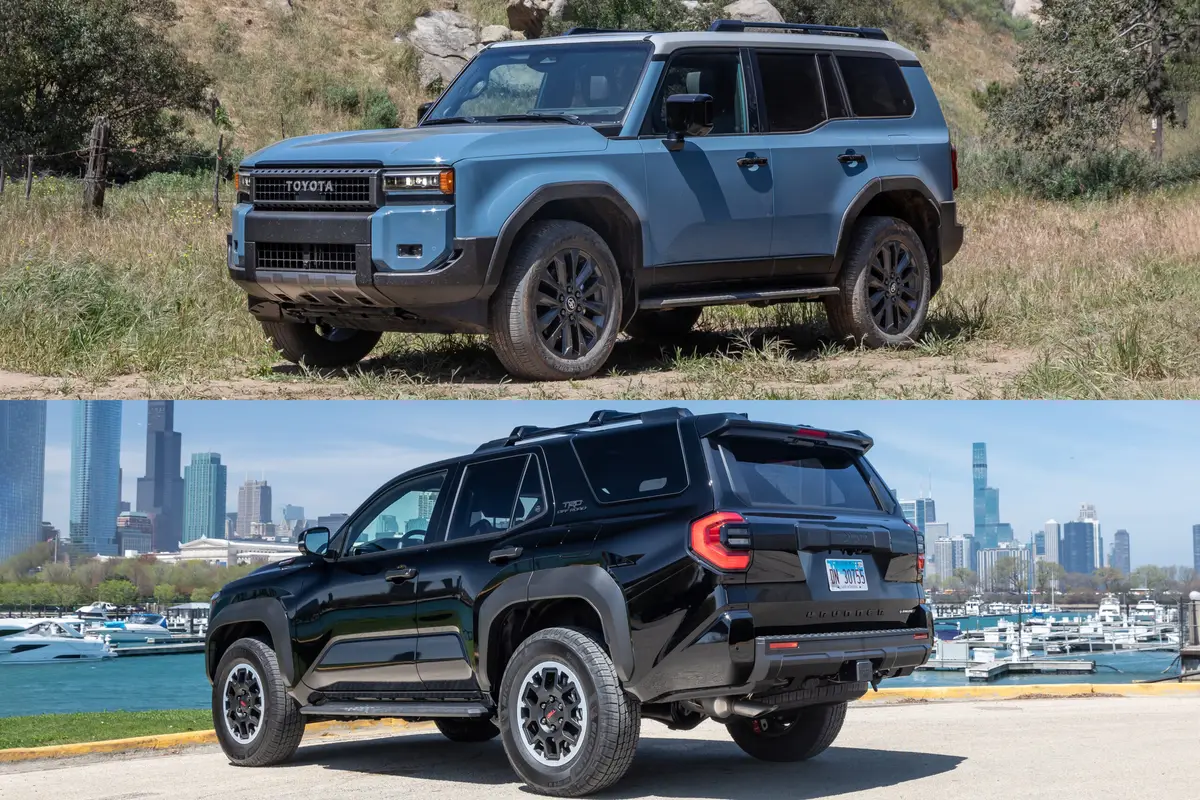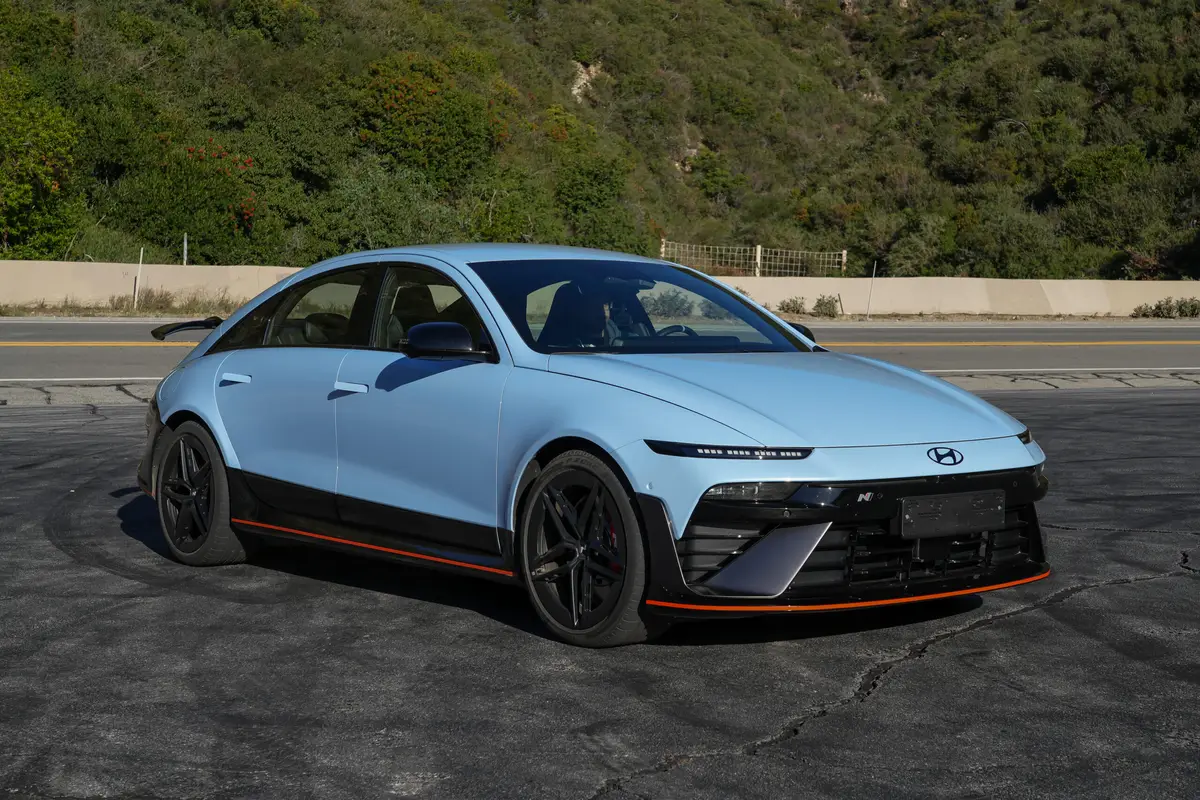Is the 2023-24 Dodge Hornet a Good SUV? 5 Pros and 4 Cons
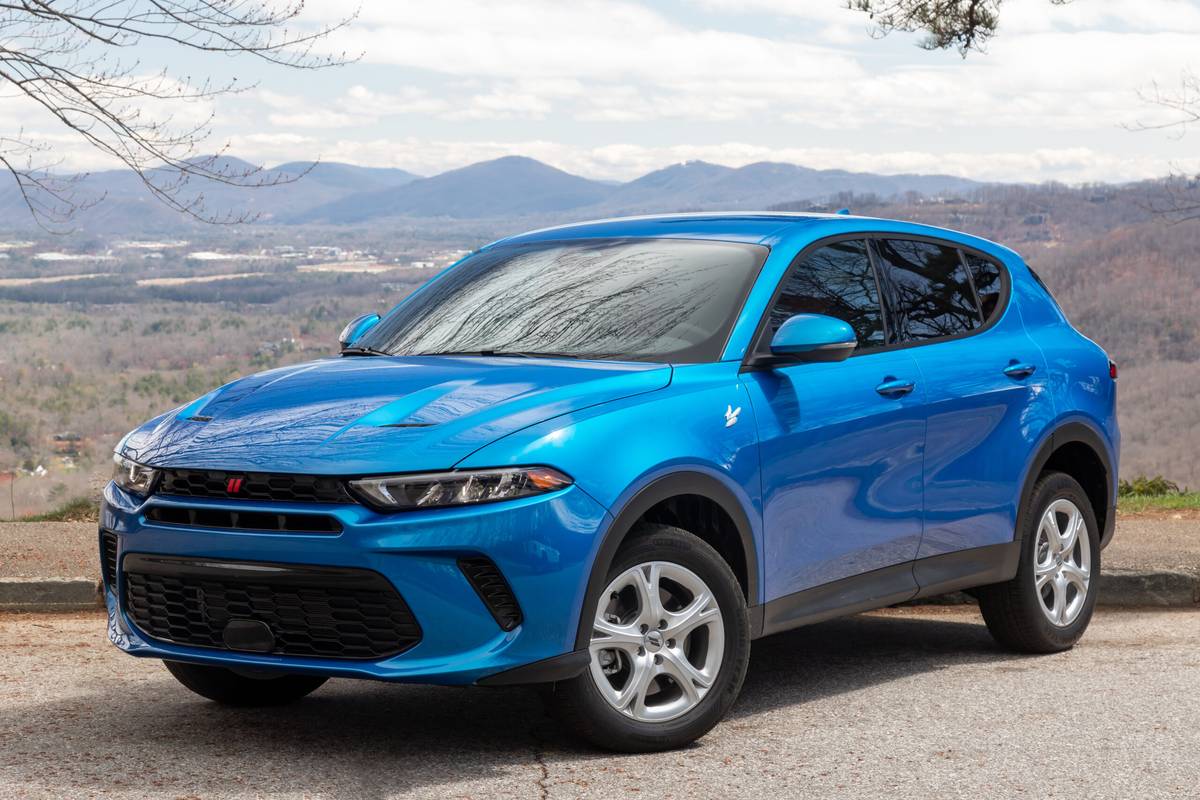
With the launch of the all-new Hornet, Dodge has re-entered the hotly contested compact SUV market. It also happens to be the brand’s first new model in more than a decade. For these reasons and more, there’s a lot riding on the Hornet’s success.
Related: 2023-24 Dodge Hornet Review: A Power Player
To stand out in a crowded field dominated by established stalwarts including the Honda CR-V and Toyota RAV4, Dodge has taken a different approach. Rather than focusing solely on typical category attributes such as fuel economy or cargo room, the brand is going for performance. The first indication of this is in the Hornet’s two available trims: GT and R/T. The GT and R/T badges are familiar to fans of Dodge performance models, and both come packed with more power than competitors. They also offer responsive steering and competent handling.
To be sure, the Hornet has also been designed to appeal to traditional buyers in the class, as Joe Bruzek observed during a recent media event to introduce the division’s latest model. Click the link above to get all the details in Bruzek’s complete, expert review; read on for an overview of five things we like about the new 2023-24 Dodge Hornet and four things we don’t.
Things We Like
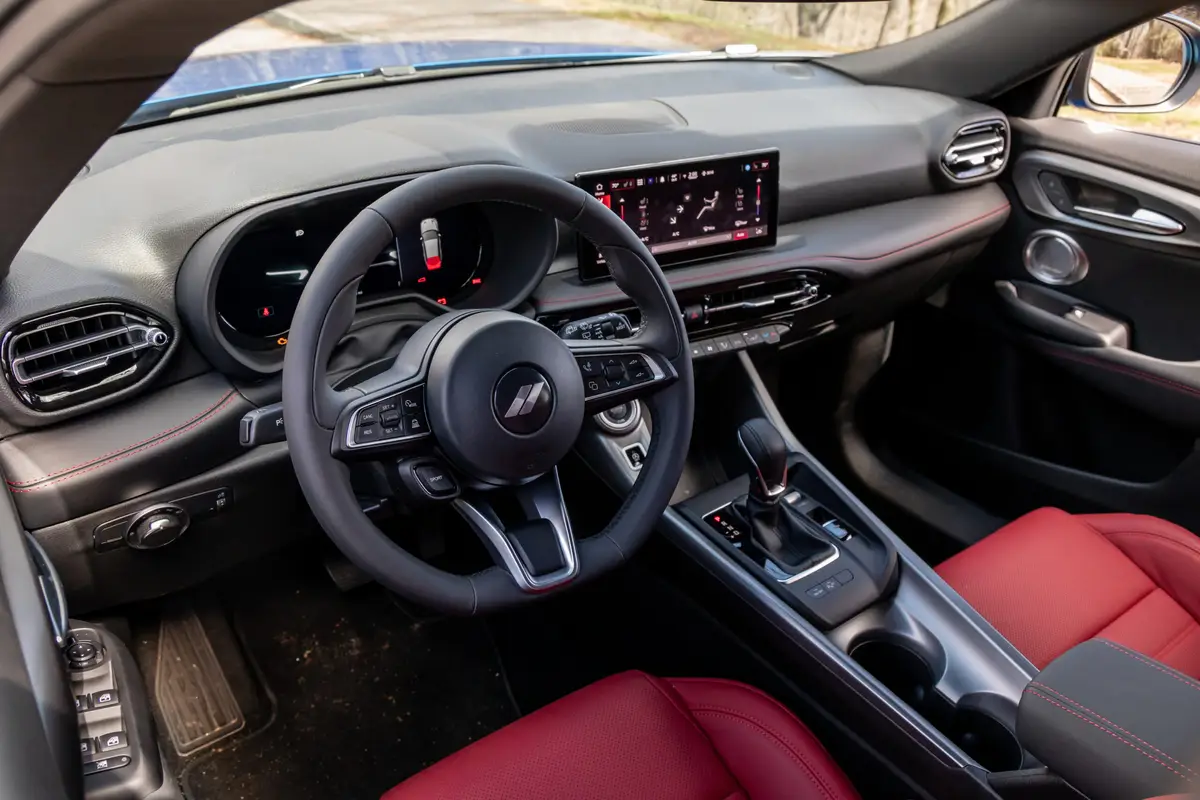
1. On-Paper Performance
Base GT models are equipped with a 268-horsepower, turbocharged 2.0-liter four-cylinder engine, while opting for the R/T trim gets a 288-hp plug-in hybrid powertrain featuring a turbo 1.3-liter four-cylinder. Both variants have impressive horsepower figures for a compact SUV. Dodge claims that acceleration is similarly impressive, with a 0-60 mph acceleration time of 6.5 seconds with the GT and 5.6 seconds with the R/T.
2. Refined R/T Powertrain
In Hybrid mode, the R/T delivers a pleasantly refined driving experience, with adequate power and smooth shifts from the six-speed automatic transmission. The powertrain switches from electric to gasoline power and back with a smoothness not found in Dodge parent Stellantis’ other PHEV vehicles, and the gasoline engine is quieter and more refined than typical of the company’s four-cylinder power plants.
3. Agreeable Electric
It’s easy to keep the R/T in electric mode under moderate throttle, with smooth power and decent acceleration thanks to a relatively powerful 90-hp motor driving the rear wheels. If you can manage to avoid pushing the accelerator to the point where it triggers the gasoline engine, the Hornet R/T can travel about 30 miles on electric power. Dodge claims a maximum charging rate of 7.4 kilowatts, enough to replenish the battery in as little as 2.5 hours.
4. Beauty of the Base Trim
The R/T packs a fair bit of powertrain wizardry, but the base GT is arguably more enjoyable to drive. That’s partly due to its acceleration and all 268 hp being available all the time. The GT also gets a nine-speed automatic as opposed to the six-speed auto in the R/T, which helps give it quicker response. Without the hybrid powertrain, the GT is about 425 pounds lighter than the R/T, making it feel more nimble in turns.
5. Nicely Equipped
Standard equipment with the base GT trim includes a 10.25-inch touchscreen, a digital instrument cluster, Android Auto and Apple CarPlay, and a competitively stylish and well-finished interior with the obligatory soft-touch surfaces. You also get some things not always standard with competitors, including rear parking sensors and blind spot monitoring.
More From Cars.com:
- 2023 Dodge Hornet Removes Sting of Cost, Starts at $31,590
- 2023 Dodge Hornet Up Close Video: Buzzing With Potential
- How Do Car Seats Fit in a 2023 Dodge Hornet?
- 2023 Dodge Hornet: Performance-Oriented Small SUV Lands Under $30,000
- What’s New With SUVs for 2023?
Things We Don’t Like
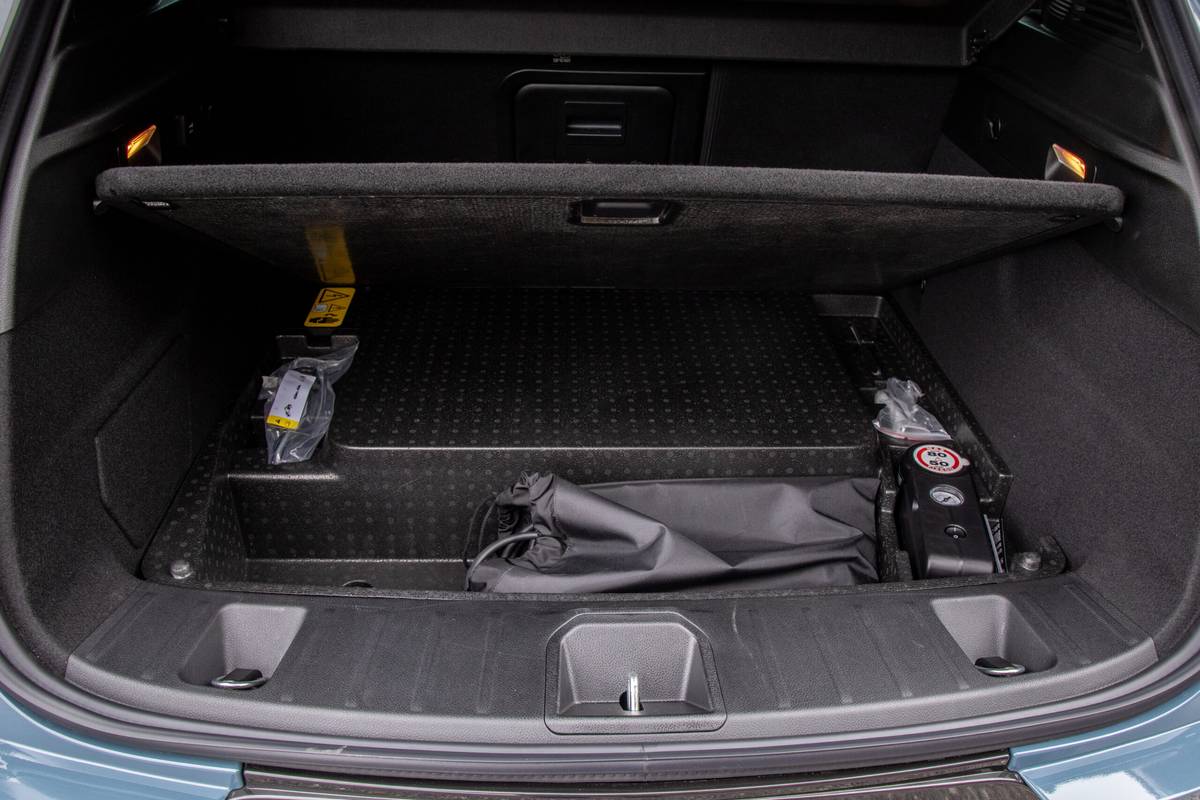
1. About That Acceleration
While the R/T’s 5.6-second 0-60 run is indeed notable, it takes some work to pull it off. Achieving that time requires using the PowerShot feature, which unleashes an additional 30 hp for a brief 15 seconds. Activating PowerShot involves pulling both steering wheel paddles, waiting for an indicator light, then pressing the accelerator past its normal stop. Even then, the extra boost is only available when the hybrid battery has at least a 60% charge. In the gas-only GT, the nine-speed automatic transmission exhibited some of the harsh shifting we’ve experienced in other cars with this transmission.
2. Limited Towing Capacity
With a maximum towing capacity of 2,000 pounds, the Hornet trails several key competitors by a considerable margin. The Ford Escape, Mazda CX-50, and Toyota RAV4 are all rated to tow up to 3,500 pounds, while the Jeep Cherokee can pull up to 4,000 pounds.
3. Close Quarters
The Hornet is actually closer in size to a subcompact SUV than some of its primary compact competitors, all of which have grown larger with each redesign. While some buyers may appreciate its tidy footprint, the inevitable result is less interior room. Most 6-footers should still find sufficient legroom in either the front or rear seats, but there isn’t a whole lot of passenger or cargo room to spare.
4. Fully Priced
The Hornet may be small for a compact SUV, but its price is less so. The base GT trim starts at $31,590 (prices include destination), which is in line with larger compact competitors but still somewhat justifiable given its generous standard equipment. Our tested R/T came to $52,000, which is a bit harder to swallow even when compared to other pricey PHEV competitors.
Related Video:
Cars.com’s Editorial department is your source for automotive news and reviews. In line with Cars.com’s long-standing ethics policy, editors and reviewers don’t accept gifts or free trips from automakers. The Editorial department is independent of Cars.com’s advertising, sales and sponsored content departments.
Featured stories
